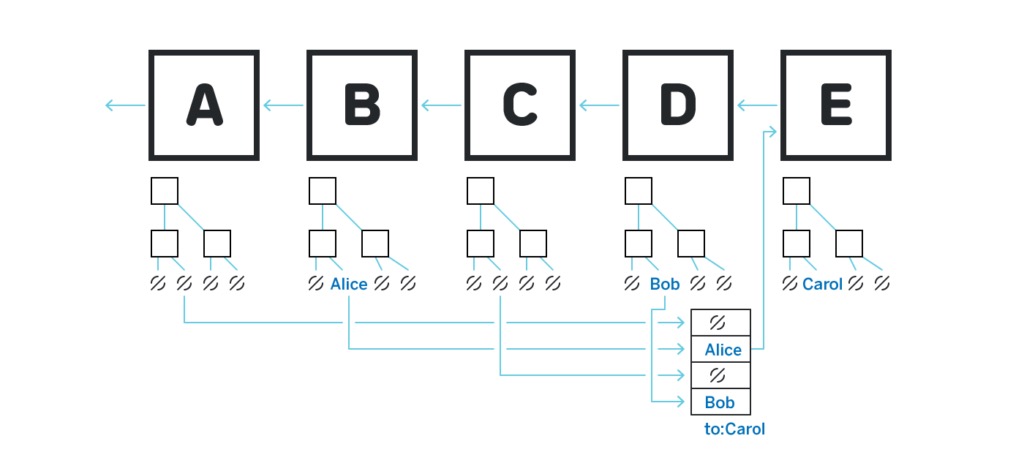Layer 2: The future of Ethereum scaling
Layer 2: The future of Ethereum scaling
The scalability bottleneck of Ethereum has long been at the center of technical discussions among DeFi enthusiasts and supporters of ETH. During the annual Shanghai Blockchain Week conference, Vitalik Buterin also shared his perspective. Vitalik believes that Layer 2 is the future of scaling the Ethereum network. It may be the only most secure way to expand the network while still requiring high demands.
Amidst the extensive growth in the market, with applications and user numbers continuously surging, DeFi and NFTs have emerged as the primary concerns for Ethereum expansion. Presently, major Ethereum burners are primarily linked to DeFi and NFT projects.
Using Tokenview's Ethereum Explorer to track the Ethereum burn count and project burn count rankings, Uniswap and Opensea consistently maintain top positions.
 Vitalik acknowledges the urgent need for further Ethereum scalability during this period. However, the native expansion of Ethereum locally requires an extended duration to complete. Hence, seeking additional solutions, such as handling transactions outside the layer 1 network within the second layer, where transactions on layer 1 can be expanded by up to 100 times.
Vitalik acknowledges the urgent need for further Ethereum scalability during this period. However, the native expansion of Ethereum locally requires an extended duration to complete. Hence, seeking additional solutions, such as handling transactions outside the layer 1 network within the second layer, where transactions on layer 1 can be expanded by up to 100 times.
Differences between Layer 1 and Layer 2
If cryptocurrencies and blockchain technology are to drive the future of the DeFi world, they must be able to support billions of people. Scalability technologies mainly fall into the following categories - Layer 1 and Layer 2. If you are still unaware of what Layer 2 is, you can refer to the article: "What is Layer 2? From State Channels to Roll Up"
Layer 1 scalability
The scalability technology performed within the blockchain is called Layer 1. Increasing block size and sharding are two of the most well-known Layer 1 scalability techniques. Sharding was originally a technique used to horizontally divide huge databases into more manageable chunks or shards.
 #### Layer 2 scalability
#### Layer 2 scalability
Layer 2 is an off-chain scalability solution built on top of the blockchain. The basic idea is to keep the base layer independent and add additional architecture on top of it. This layer handles complex calculations, thereby alleviating the architectural bottleneck of the base layer. Raiden and Plasma are examples of Layer 2 scalability.
 ### Layer 2’s future state
### Layer 2’s future state
The world of Layer 2 is competitive, and there's tremendous pressure to launch a product and gain users before your peers. Under pressure, people may cut corners or add additional assumptions of trust that are difficult for users to perceive. Now, the biggest challenge is data availability. Every team developing layer solutions hopes to push the boundaries of this type of technology. While admirable, they may also use technical jargon to cover up the protocol's flaws.
If we need to use some kind of Layer 2 product, we need product developers to answer these questions: How does this Layer 2 achieve data availability? If their transaction costs are more than 20 times lower than ordinary ETH transfers, they are probably not exposing the transaction data to the blockchain. As a user, can I initiate a unilateral withdrawal based only on the information I obtained on the Ethereum blockchain? Is there a public technical description of this product that can be verified by a third party?
The upcoming period might be the most exciting time in the Layer 2 world. Numerous protocols are set to launch, heralding the culmination of years of in-depth research and engineering efforts in the entire industry.